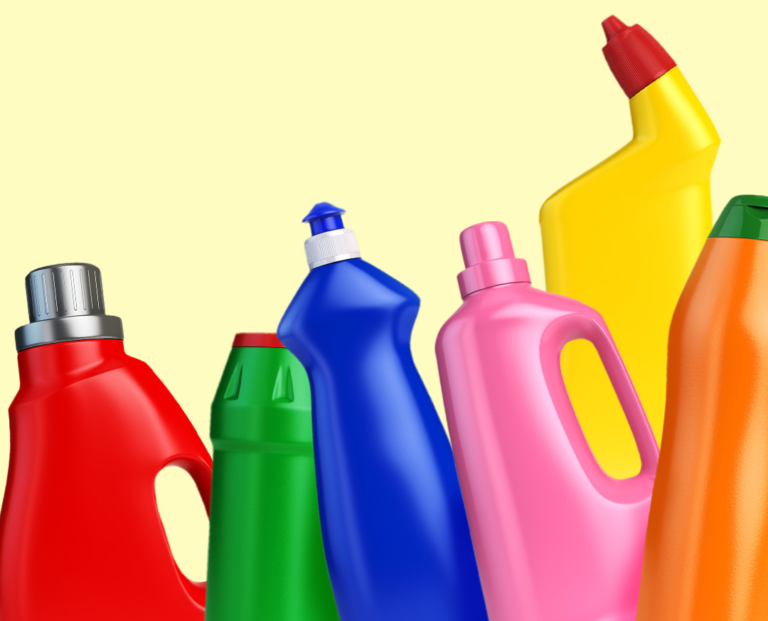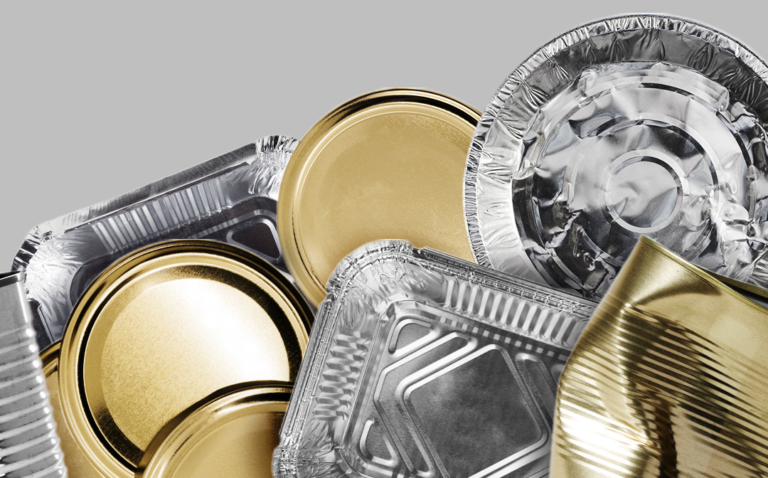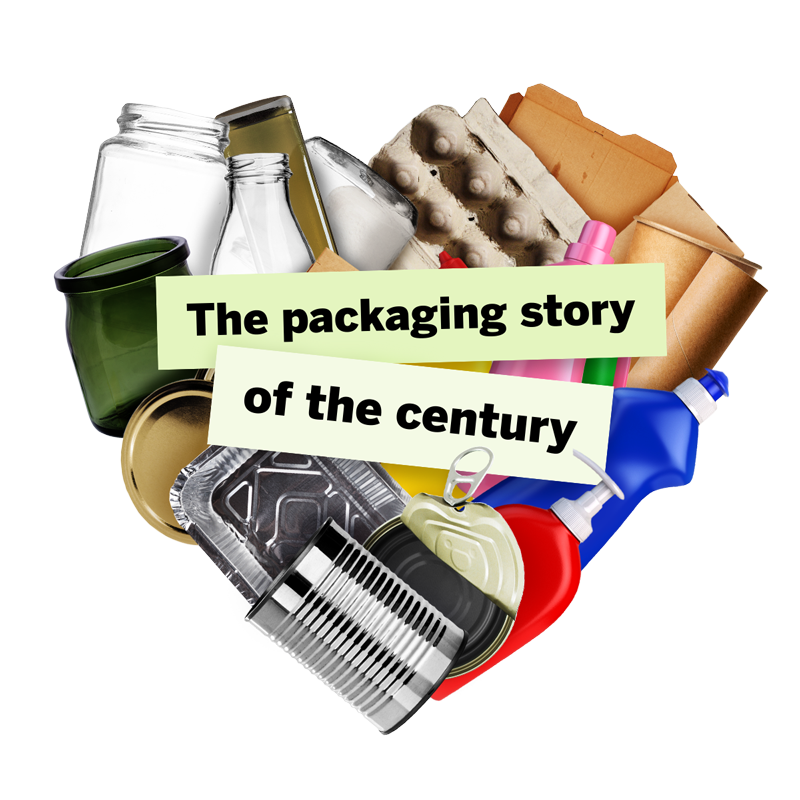
– as long as it’s recycled.
Motions can be fleeting, but packaging, like true love, is eternal. A packaging can continue its story for as long as a hundred years – as long as you recycle it properly.
But basically, what is packaging?
Used packaging is not waste. Instead, it is valuable raw material for new packaging and products. A packaging story that lasts for as long as a hundred years significantly reduces the use of natural resources and energy, as well as helps fight climate change. Let’s make sure together that packaging is eternal.
Make the story come true – sort and recycle used packaging.
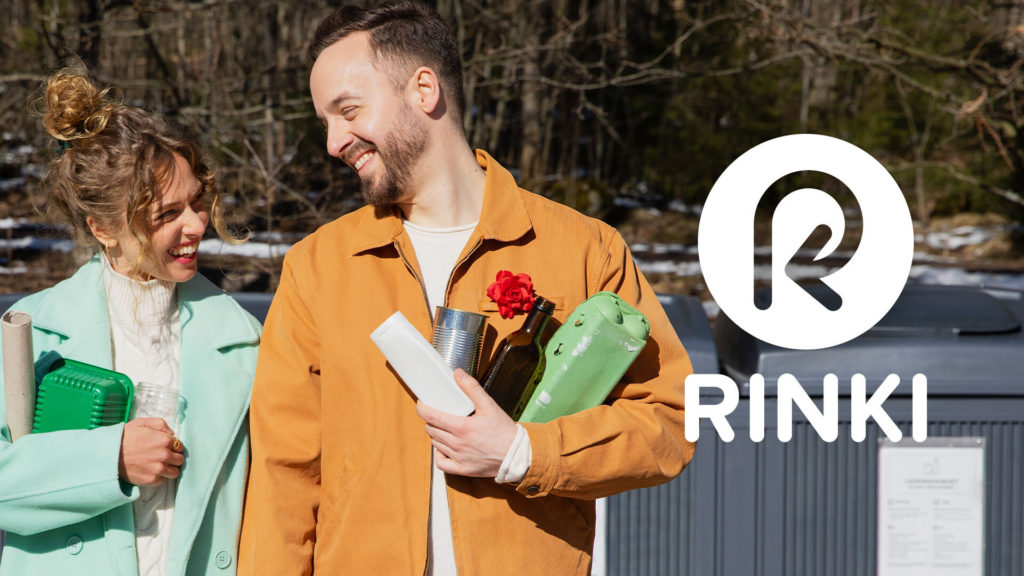
Buy, use, sort and recycle – it is as simple as that.
Like true love, you can come across packaging anywhere: in a shop, at home, at the kiosk – even while taking out the rubbish! Packaging comes in many shapes and forms, and it can be made of different materials. Whether plastic, carton, metal or glass, packaging has a common purpose: to protect the product inside.
When the story of the product comes to an end, its packaging should be sorted based on its material. This way the material can be kept in circulation for as long as possible, which reduces the collection, transportation and processing of new raw materials and saves a lot of energy. By sorting you can also save money, as emptying a mixed waste container is more expensive than emptying other containers.
Long live eternal packaging!
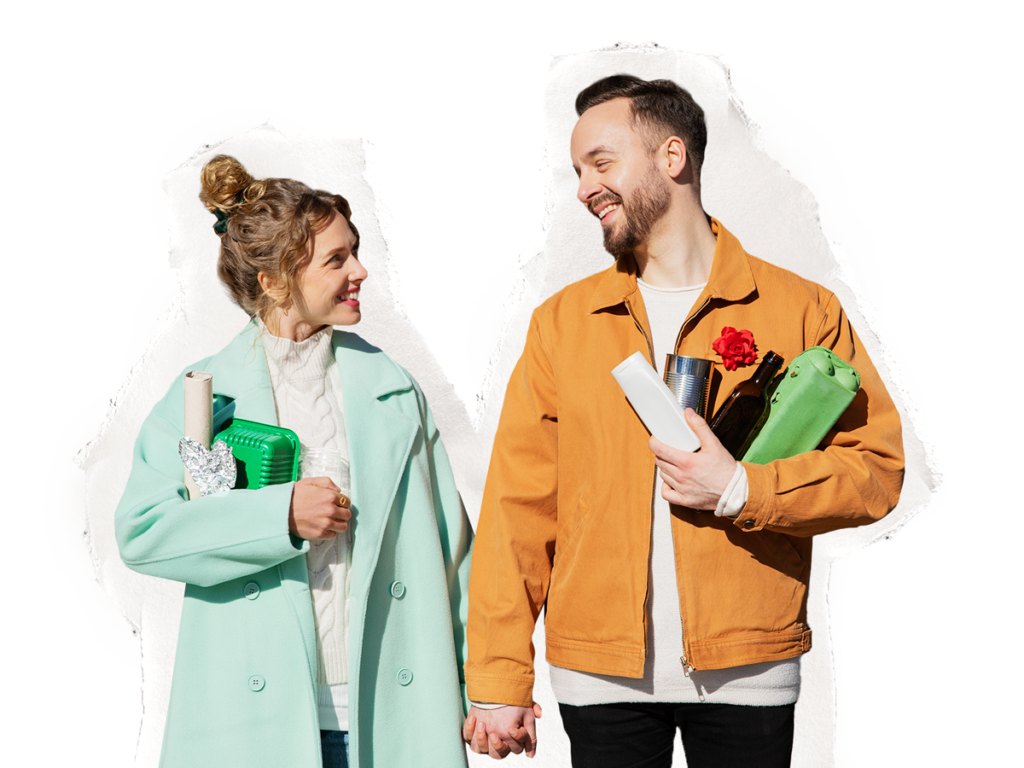
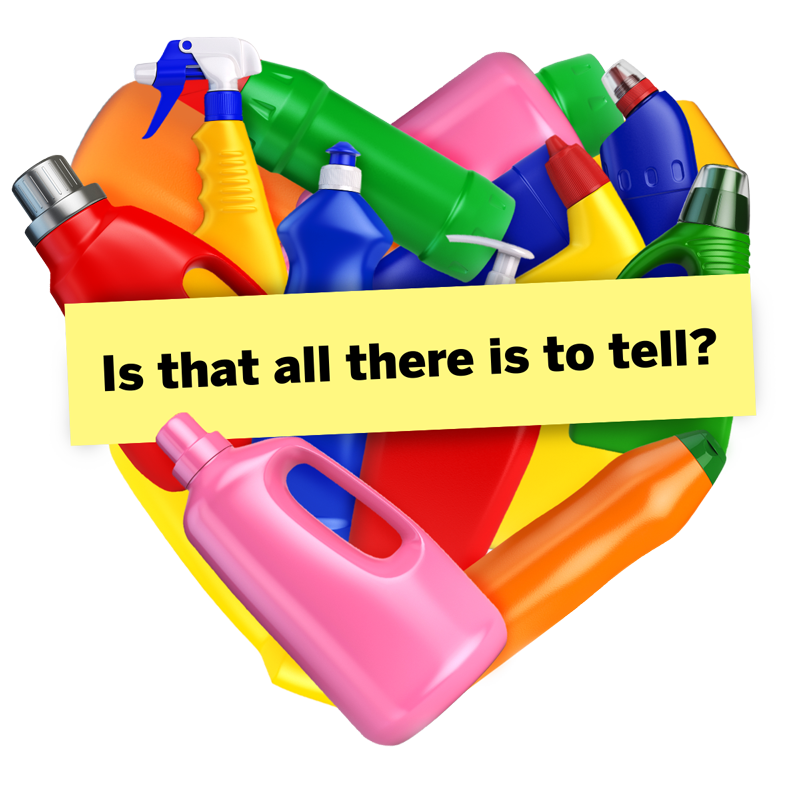
There once was a ketchup bottle. The bottle protected the ketchup, but when the ketchup was finished, the bottle was thrown into the waste bin. Is that all there is to tell? Not necessarily!
You need to be careful with this packaging type, but it is well worth it. There are as many plastic packaging stories as there are different types of plastic. You should separate films, caps and dispenser pumps from the packaging.
The story continues
The story of a recycled plastic package continues at a plastic refinery, where packagings are processed and sorted based on their type. After sorting, the plastic is crushed, washed, dried, melted and finally granulated. Recycled plastic continues its story in manufacturing plants, where new products are made out of it. Plastic packaging may return to you in the form of a flower pot for roses or a romantic dish brush, for example.
A good story has a happy ending
Packaging protects. It protects the product from the environment, but it also protects the environment from the product. A packaging that is made out of recycled material also has other virtues: the carbon footprint of a product made out of recycled plastic is significantly smaller than that of a product made of virgin material. Recycling plastic consumes about 15 % of the amount of energy that it would take to produce the raw material for plastic from oil drilled from the ground. Using one kilo of recycled plastic reduces carbon dioxide (CO2) emissions by 1.5 kilos compared to using one kilo of virgin plastic.
There once was a tin, that contained tenderness and comfort. When they had been used up, the tin was thrown away. Is that all there is to tell? Not necessarily!
You can put almost all small household metal waste into the container for metal packaging. This includes, for example, aluminum foil trays, metal lids and food tins as well as nails, pots and the not-so-sharp knives in your drawer.
As with true love, it is not always easy to recognize the packaging type. A true metal packaging can be identified by crumpling it: if it creases, it is metal.
The story continues
Recycled metal packaging waste is re-used as raw material for the metal industry. An old packaging is born again once it has been sorted, crushed and melted. In the future it can roll over to you as a part of a wedding car or a tandem bike.
A good story has a happy ending
By recycling metal packaging, you save significant amounts of energy. Manufacturing metal packaging from virgin ore pollutes the environment. Extracting raw material from deep underground, enriching it, transporting it and casting it also takes up a lot of energy. For example, using recycled aluminum in packaging production takes up only 5 % of the amount of energy needed for the initial production of aluminum. This means 95 % less gas emissions that impact climate change. Not to mention the fact that valuable natural resources are preserved also for future generations.
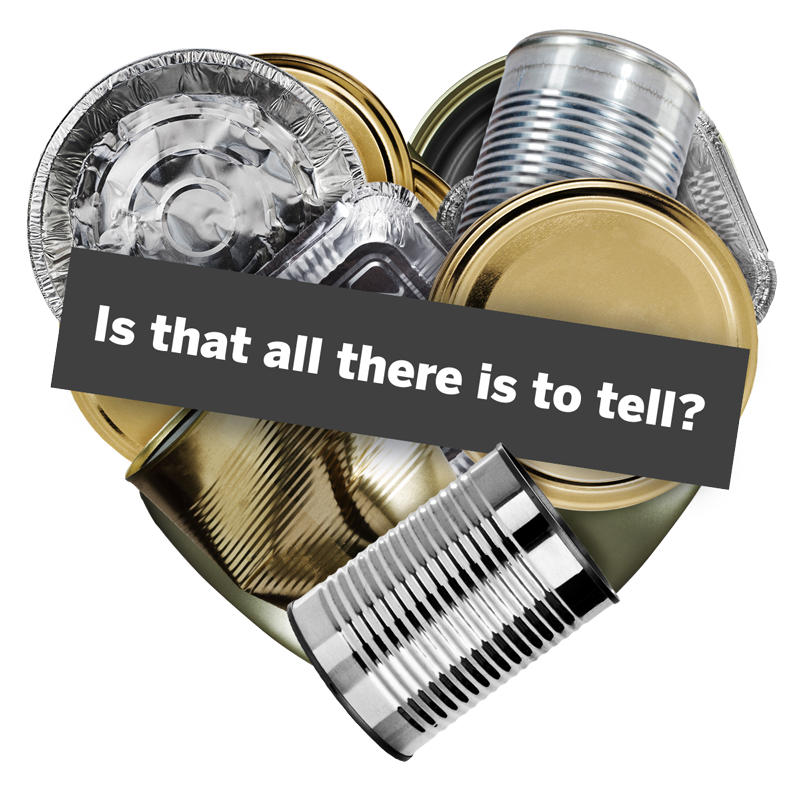
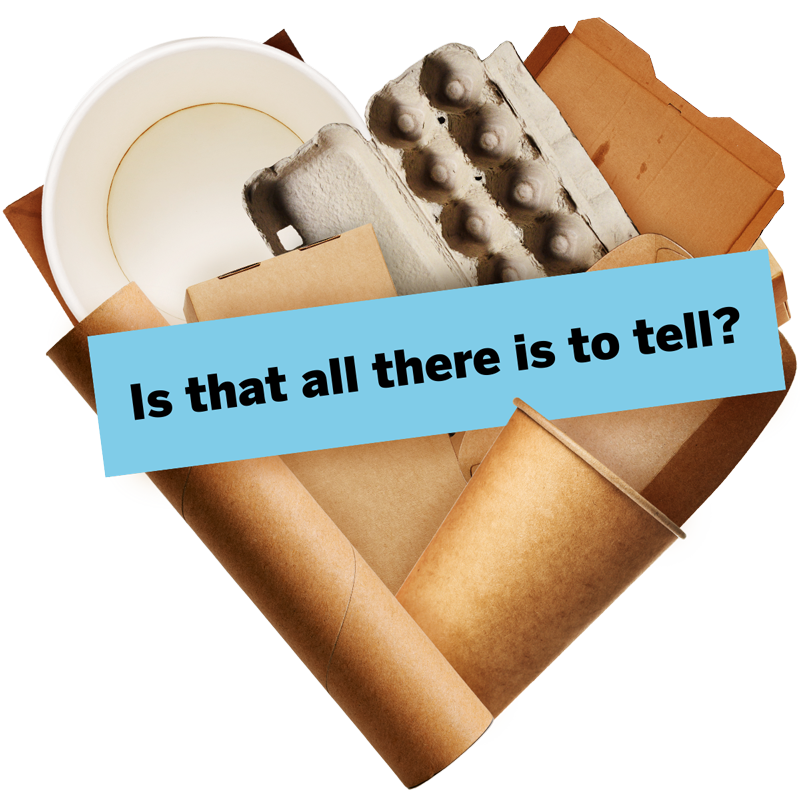
There once was a milk carton. The angular carton packaging held the milk inside, but when the milk had been drunk, the carton was pitched in the bin. Is that all there is to tell? Not necessarily!
Carton packaging likes to be squeezed tight. Flattened with love and lying side by side they are easier to fit in the collection container for carton packaging. This helps prevent unnecessary collection rounds and emissions from transport. You can recycle all everyday remains of carton packaging stories such as cardboard boxes, food packaging, wrapping paper, milk and juice cartons and kitchen roll tubes.
The story continues
After being baled, the recycled carton packaging continues its story as raw material at a carton mill. At the mill potential coatings are separated from the carton fiber in a giant washing machine, the pulper. Metals separated from the fiber are recycled, and plastics are used for producing energy. The fiber is used to make new carton.
A good story has a happy ending
The packaging story of carton can, in ideal conditions, rekindle as many as seven times. It continues its life in, for example, various types of carton cores, corrugated cardboard and new carton packaging. Using recycled carton saves virgin raw material, i.e., wood.
There once was a jam jar, which was sweet and brought a lot of joy to life. Then it became empty and it was abandoned in the bin. Is that all there is to tell? Not necessarily!
Glass packagings are picky about their companion. Only empty glass jars and non-deposit glass bottles belong into glass packaging waste. Color doesn’t matter, but other glass objects and ceramics belong into mixed waste. Remove the cap or lid and sort them based on their material. Rinse the glass packaging and take it to the container for glass packaging.
The story continues
Glass can be recycled almost endlessly, even for hundreds of years. The story of glass continues from the collection point to a terminal and from there to a glass processing plant. The glass is crushed and washed, and any other materials are removed from it. Crushed glass is sorted by color and size. After that the processed material is delivered to glass factories, where it gets a happy ending and a new form.
A good story has a happy ending
A recycled glass packaging may return to you as a new glass packaging, but it can also continue its journey as glass wool or a foam glass block. One kilo of sorted glass packaging saves half a kilo of greenhouse gas emissions compared to abandoning the glass packaging into mixed waste. The story of a glass packaging is endless – it retains its quality and purity despite being melted.
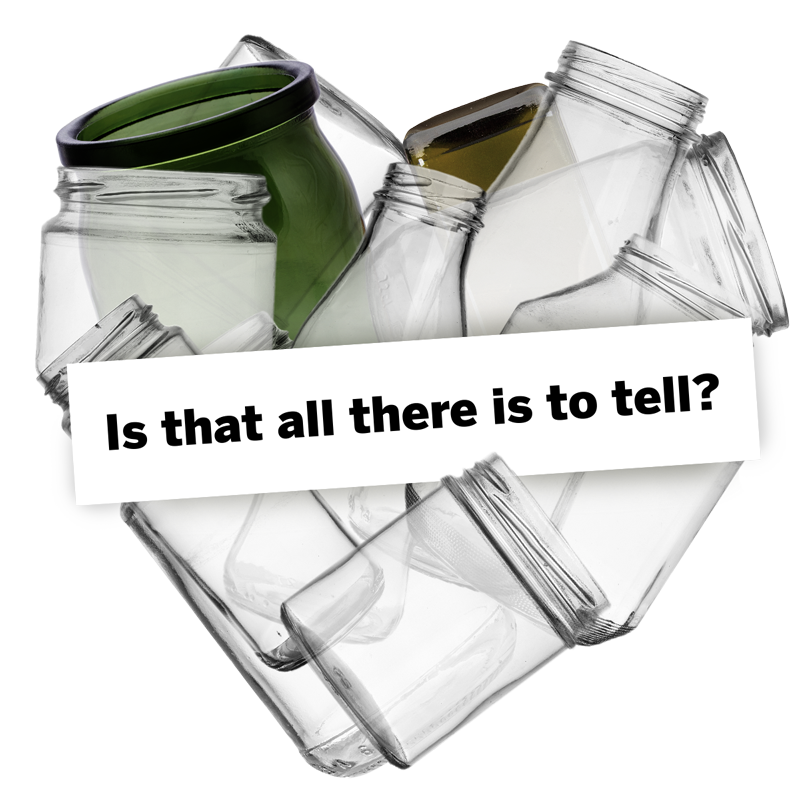
Who makes your heart throb? What is your true packaging love like? Answer the following questions and find out which packaging type matches you the best!
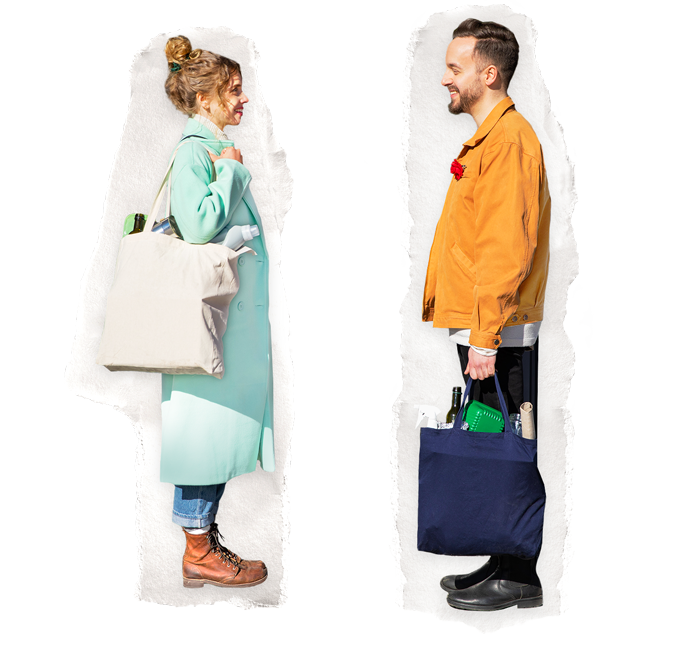
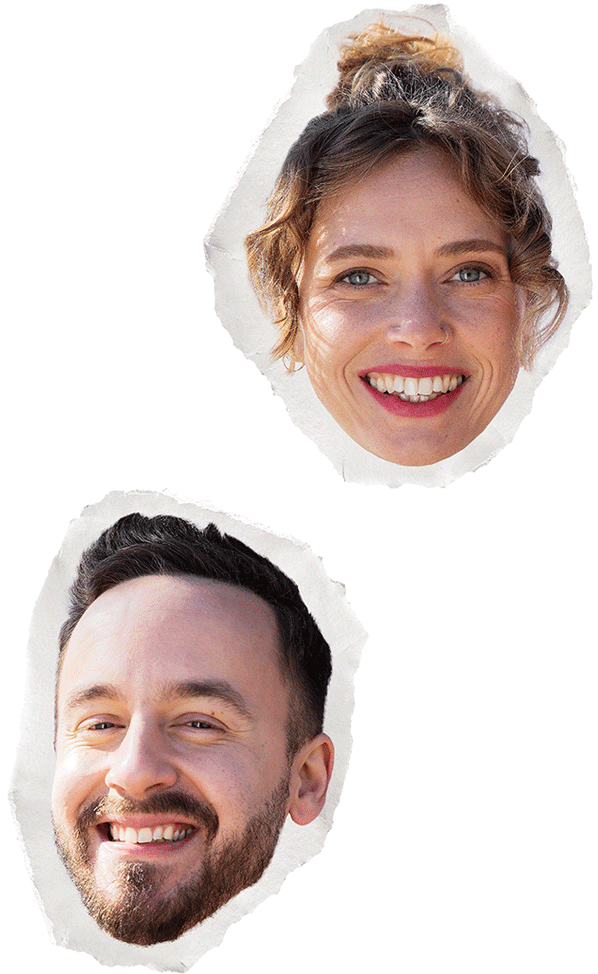
The packaging story of the century often starts at your property’s waste collection point or at a Rinki eco take-back point.
There are over 1 850 Rinki eco take-back points and we are all responsible for keeping them tidy. Here’s a checklist for your visit to a Rinki eco take-back point:
- Please put consumer packaging waste only in the waste container it belongs to
- Don’t leave anything outside of the waste containers
- If you notice that a container at the Rinki eco take-back point is filled up or that the press machine is broken, please get in touch with our consumer customer service free of charge. We will get things sorted out.
tel: 0800 133 888
(Mon-Fri 7–21, Sat 9–18) free of charge
email: asiakaspalvelu@rinkiin.fi
Do you still have some questions?
1. Which of the following best describes you?
2. Which qualities are important for you in a relationship?
3. Which of the following do you dislike?
4. What would you like to eat on a dream date?
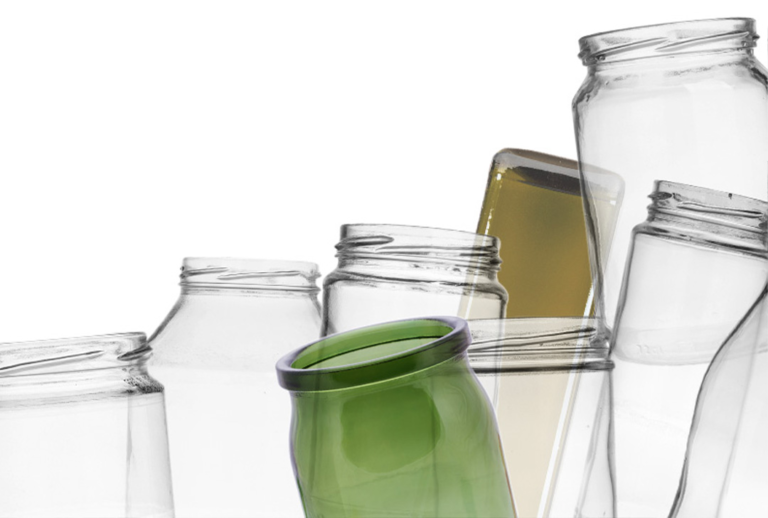
The perfect partner for you is GLASS
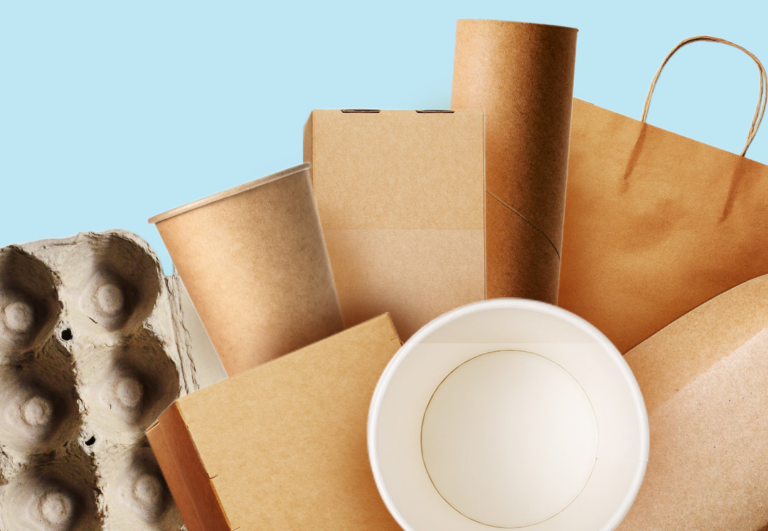
The perfect partner for you is CARTON
